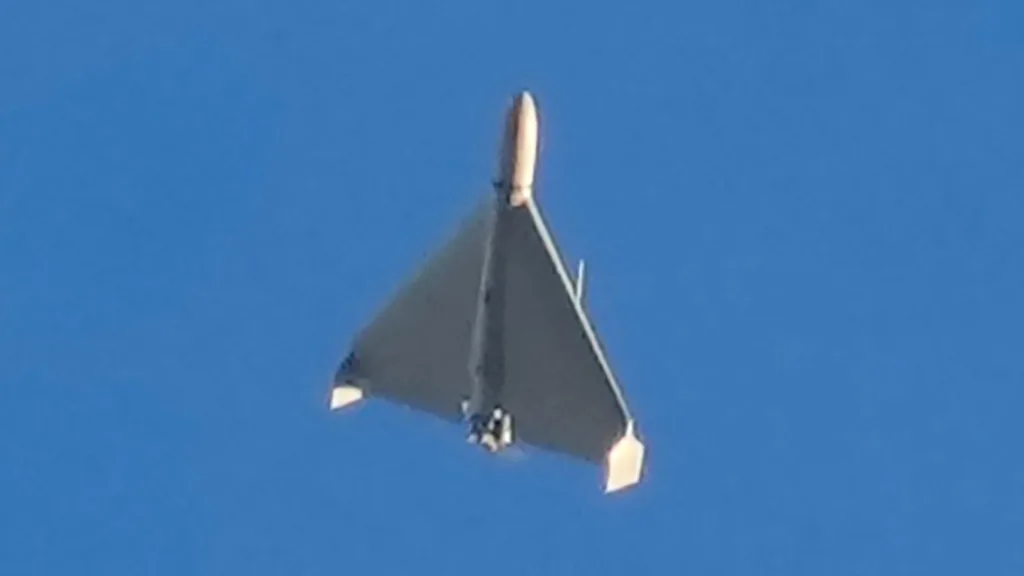In recent geopolitical developments, Iran’s deployment of Shahed drones has captured global attention. These explosive-laden drones, launched with the intent to attack Israel, have not only sparked concerns over regional security but also shed light on Iran’s growing drone capabilities and their impact on conflict zones worldwide. The use of Shahed drones, known as the “AK-47” of Tehran, has become a defining feature of Iran’s military strategy. These drones, characterized by their affordability, mass production, and ease of export, are increasingly being employed in conflict zones where Iran has strategic interests.
Iran’s Drone Activity
Iran’s recent drone attacks on Israel have reverberated beyond the region, with reports of drones being sighted over Iranian cities such as Kermanshah, Khozestan, and Andimeshk. Furthermore, these drones were observed flying over Iraqi airspace, raising concerns about the potential for cross-border conflicts.
Shahed Drones in Conflict Zones
The use of Shahed drones extends far beyond the recent attacks on Israel. Iranian proxies, including Houthi militia groups in Yemen, have utilized these drones against the Saudi-led coalition. Moreover, reports suggest that Syria’s drone fleet also includes Shaheds, highlighting their widespread adoption in conflict zones.

International Ramifications
The international community has condemned Iran’s use of Shahed drones, particularly in light of the July 2021 attack on the Mercer Street vessel in the Red Sea. This attack, which resulted in casualties, underscores the lethal capabilities of these drones and their potential to disrupt maritime security.
Military Significance
Despite their relatively simple design, Shahed drones have proven to be effective weapons on the battlefield. Their ability to carry warheads of up to 50kg and range of 2,000 kilometers make them a formidable threat, particularly when deployed in large numbers.
Future Implications
The use of Shahed drones has significant implications for regional security and international relations. As Iran continues to expand its drone capabilities, countries such as Israel, the United States, and its Arab partners are increasingly vulnerable to drone attacks.
Conclusion
In conclusion, the deployment of Shahed drones by Iran represents a significant development in modern warfare. As these drones become more prevalent in conflict zones, it is imperative for the international community to address the growing threat they pose to regional stability and security.